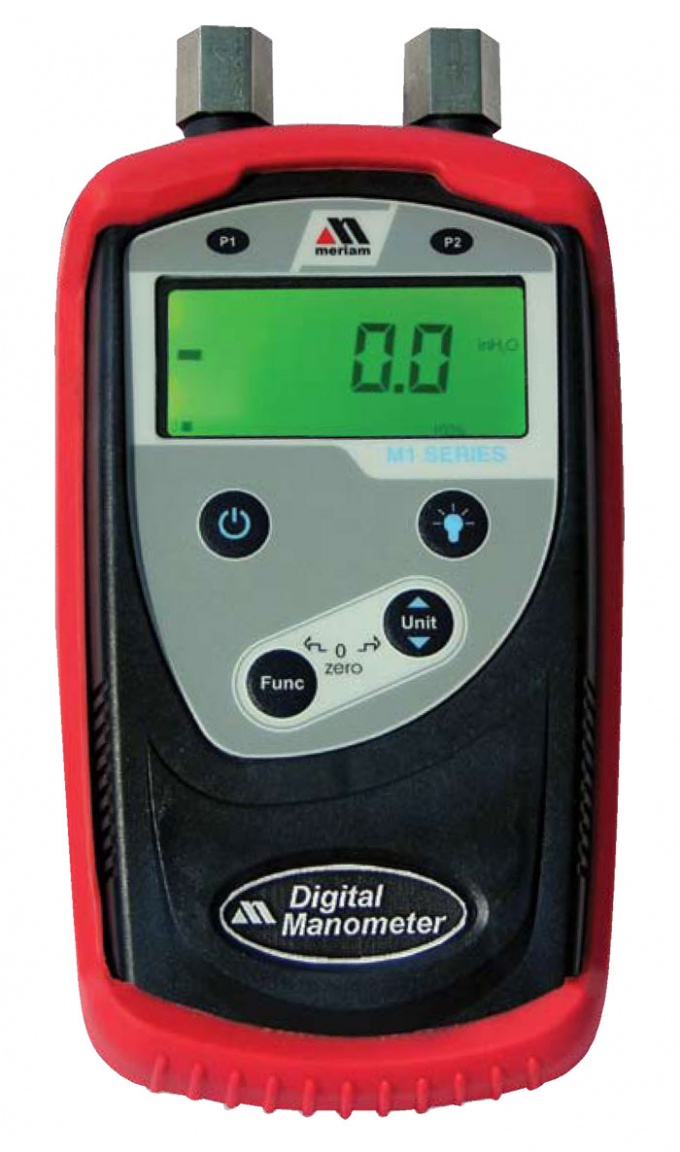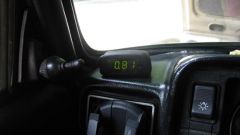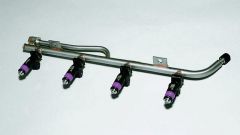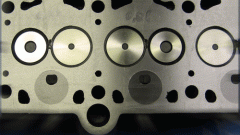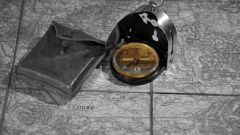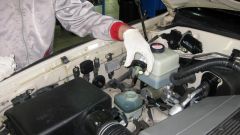You will need
- the reference pressure gauge and thermometer
Instruction
1
To check the pressure of the gas in the tank, install sensor, pressure gaugeand it. To do this, as a rule, there are special fittings. When the value is locked, remove the manometerand install it in place of the reference device. By comparing the readings simple and standard gauges, check the correctness of the readings. If the readings do not coincide with the reference pressure gaugeohms, adjust it to the same conditions gauges showed the same results.
2
To configure on the casing pressure gaugeas a rule, includes adjusting bolts. With electronic pressure gaugeω the algorithm of actions is the same, just keep in mind that this device has inertia, so the readings need to hold 8 to 10 seconds.
3
If no reference gaugeand air the correct readings of the pressure gaugeand the previously calculated pressure. To do this, take a vessel of known volume. The air in it is at atmospheric pressure, which can be measured using the barometer, and the temperature is room. Then, seal the container, and begin heating it by controlling the temperature and pressure, which is expected to increase. Calculate the pressure inside the container, dividing the end temperature in the initial. Then multiply the result by the value of atmospheric pressure. P2=T2•P1/T1.
4
If the readings of the manometerand at a given temperature does not coincide with the previously calculated, adjust it so that it showed as much as happened in the calculation. When making calculations, consider that the temperature is measured in degrees Kelvin, for which the Celsius add the number 273. Dial gauges as a rule, is graduated in kg/cm2, the calculation will be derived in Pascals, or millimeters of mercury, so you need to translate it the same unit and then compare.
